Hard and fierce
Looking at his small stature, no one would think that Mr. Ho Si Tu (born in 1944) in Xuan Son hamlet, Nam Xuan commune (Nam Dan - Nghe An ) was once awarded the title of Hero of the People's Armed Forces. More importantly, he was awarded the title because of his achievements as a champion in carrying, carrying rice and carrying wounded soldiers, meaning he performed heavy tasks that required endurance and flexibility.
“At the age of 19, I joined the army, initially joining the 164th Artillery Unit in Nam Thanh Commune, then transferring to the 71st Regiment of the 559th Group, operating in the Quang Tri battlefield and on the other side of the Truong Son mountain range. The main task was to transport weapons and food to the battlefield, then transfer wounded soldiers from the battlefield to the rear for treatment,” Mr. Tu recalled.
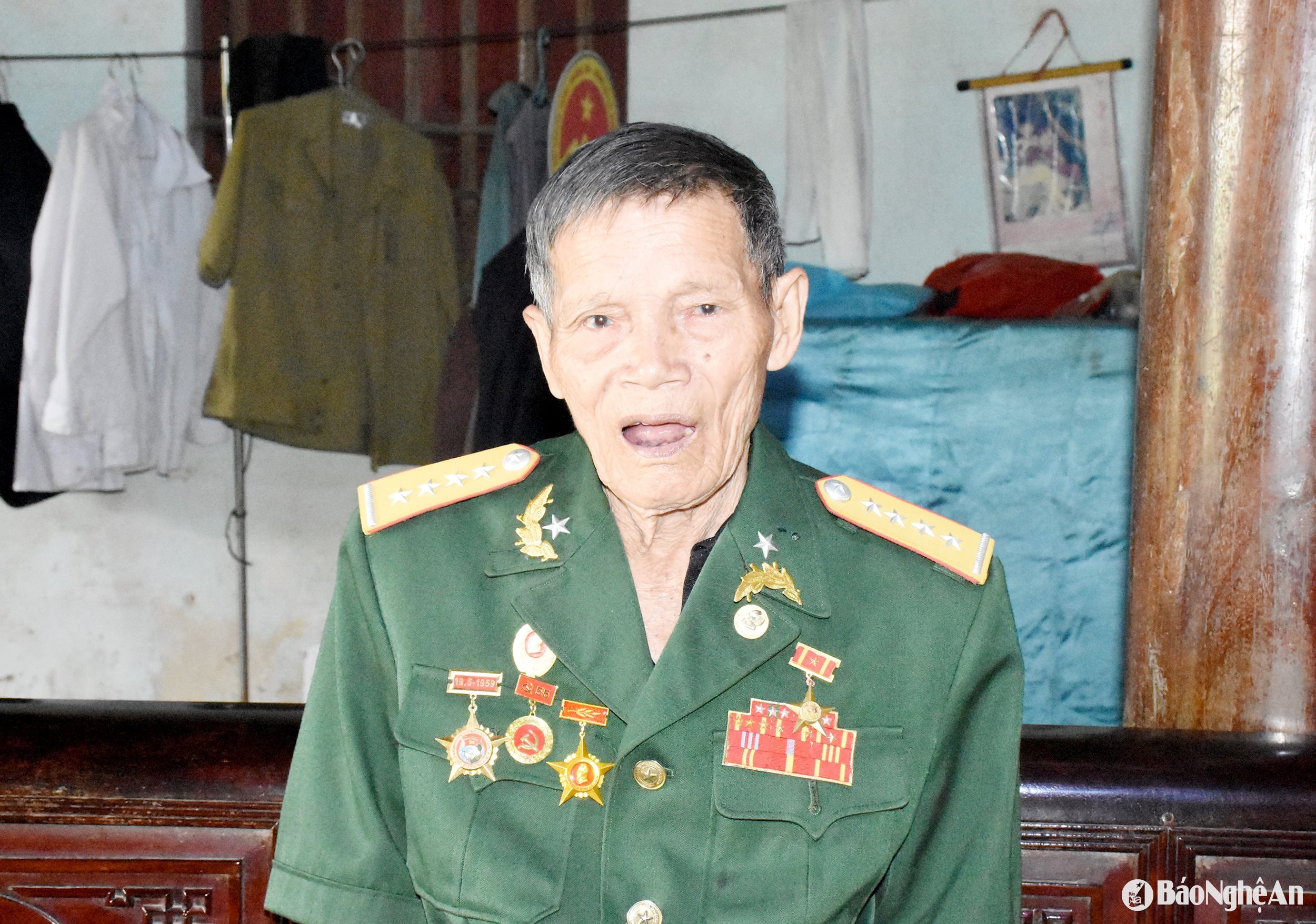
Facing hardships and sacrifices, Hero Ho Si Tu said that the period from 1966 to 1973 was the fiercest years of the war against America. Not only did those who directly held guns in the trenches face the enemy, but the transport soldiers also often crossed rains of bombs and bullets.
The job of carrying food and ammunition to support the battlefield was extremely difficult and dangerous, but for Mr. Tu and his teammates, the most difficult task was still transporting wounded soldiers to the rear.
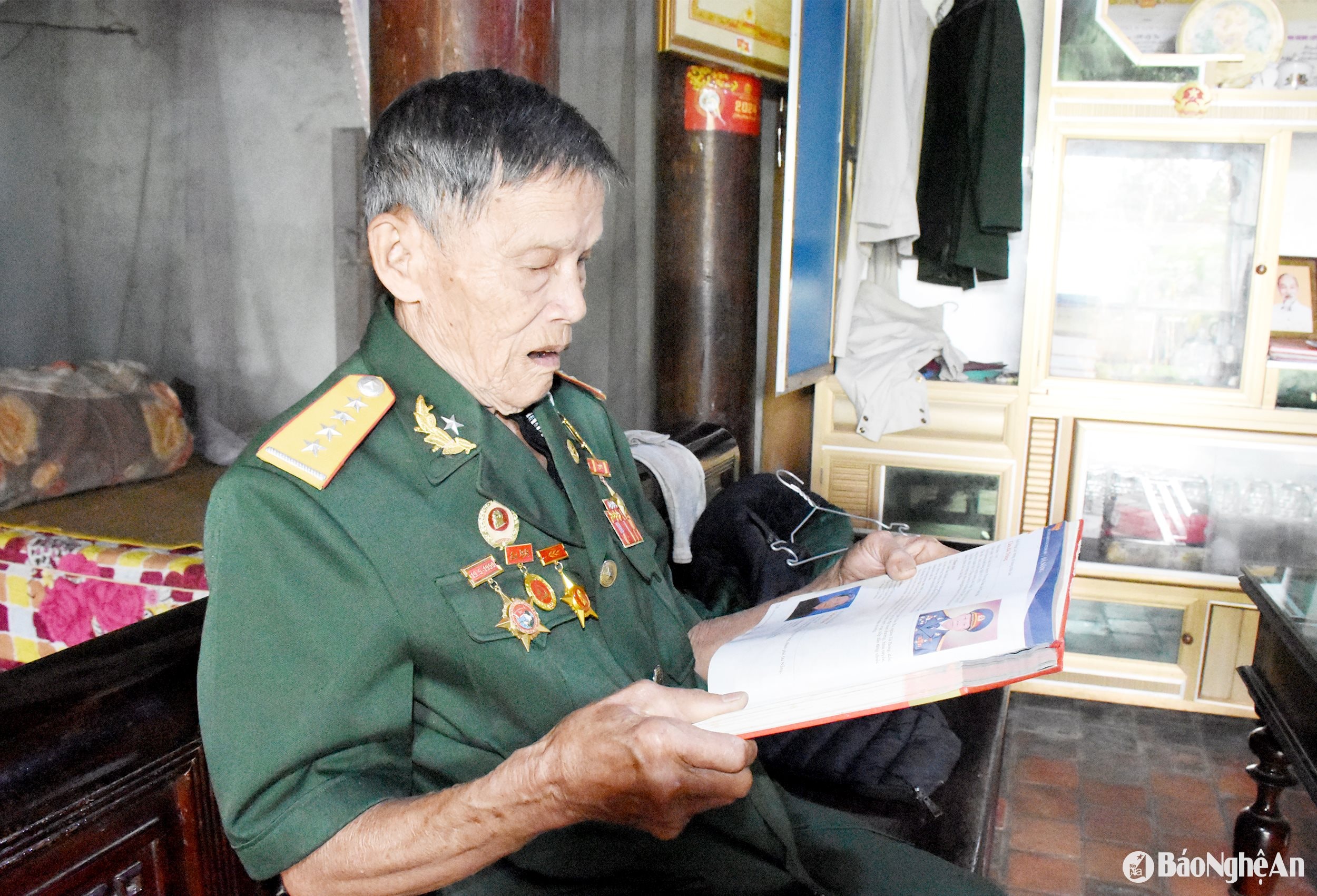
Because lost weapons and food can be recovered, but when transporting a wounded person, it is necessary to be both careful and gentle, while ensuring safety when there are planes or clashes with commandos. If encountering a dangerous situation, be ready to use your body to protect and accept sacrifice to save your comrades and teammates.
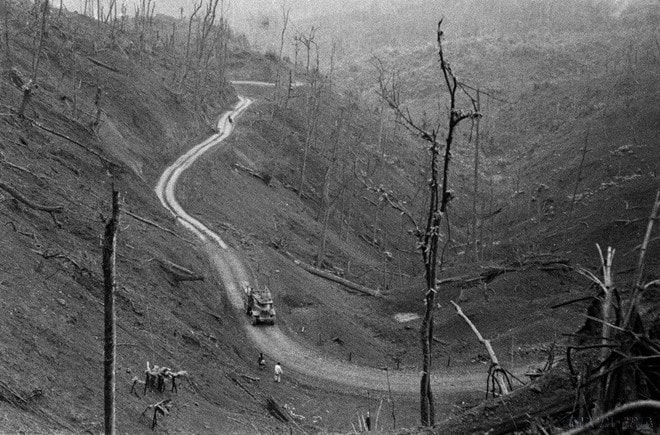
During almost all of his time serving on the battlefield, Mr. Ho Si Tu belonged to the 37th Military Station (470th Division), operating mainly in An-Tố-Pơ province (Laos). The distance between the military stations was about 20 km, meaning that the liaison soldiers who carried out the transportation mission on this route every day were familiar with every nook and cranny. They also knew the time when the enemy often bombed the coordinates, the rules, and the way the commando teams operated. But many times, enemy planes suddenly appeared and bombed heavily, and at times like that, casualties were often unavoidable.
Selflessly saving wounded soldiers
Mr. Tu still remembers one night when the enemy dropped a bomb right at the unit's military base, at which time there were several wounded soldiers who were resting, waiting to be transferred to another military base the next day. The fire was raging, he and his comrades rushed in to carry the wounded soldiers to a safe location, while enemy planes were still hovering over the treetops. Fortunately, that day, the soldiers of the military base and the wounded soldiers were all safe.
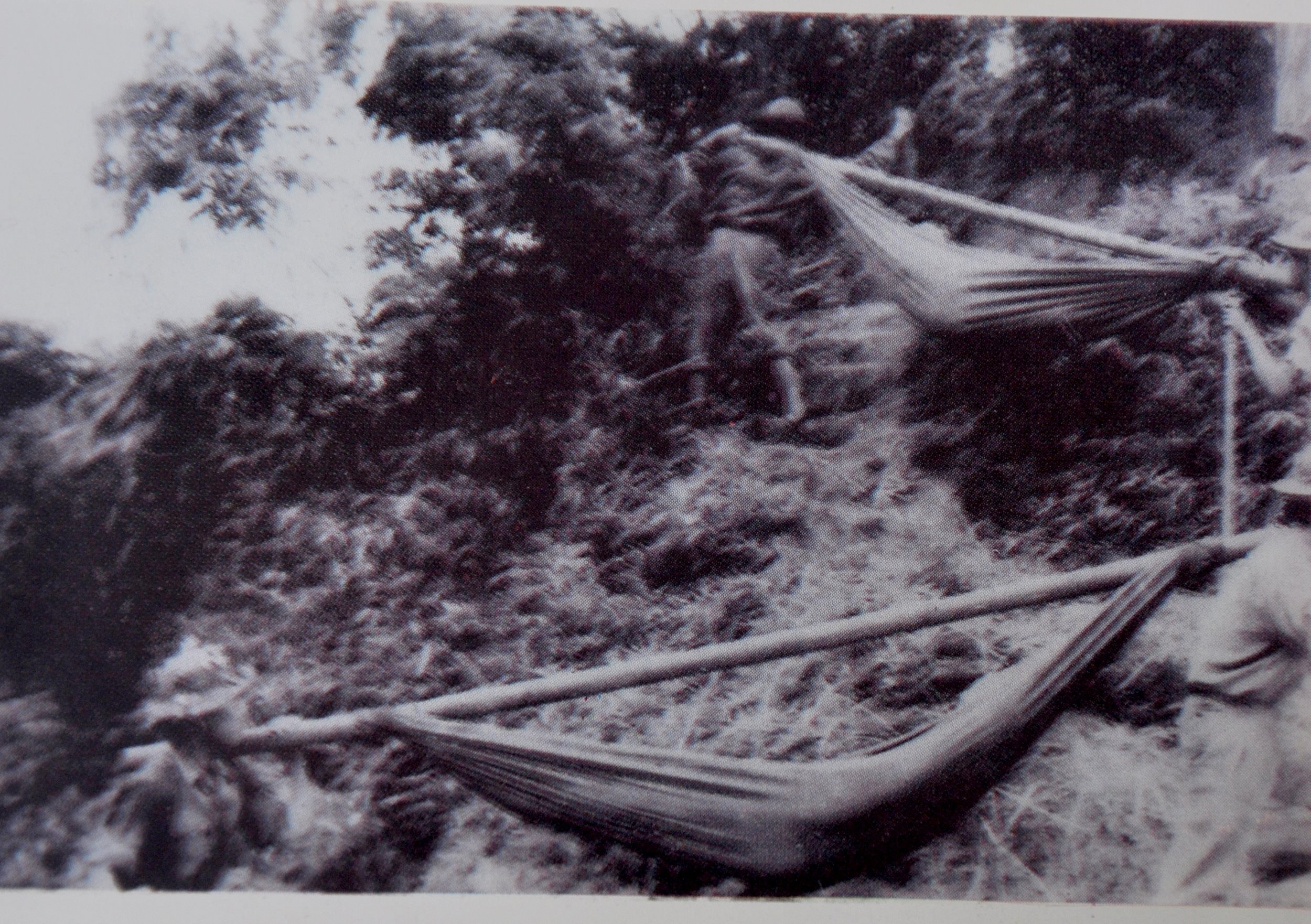
Depending on the weather conditions, the road conditions, and the severity of the wounded soldier’s injuries, the liaison officers at the military station will choose the appropriate method of transport. For those with minor injuries, when the weather is sunny and the road is not destroyed by bombs, Mr. Ho Si Tu and his teammates often choose to carry them by bicycle.
As for the seriously wounded, on rainy days or when the road was bombed, they had to use hammocks to carry them. Usually, four people carried a wounded soldier lying in a hammock, meaning that two people were responsible for each end of the hammock. But as the war became more and more fierce, the number of wounded soldiers increased, so it was reduced to three people. Mr. Tu alone carried one end of the hammock, meaning he was responsible for the work of two people.
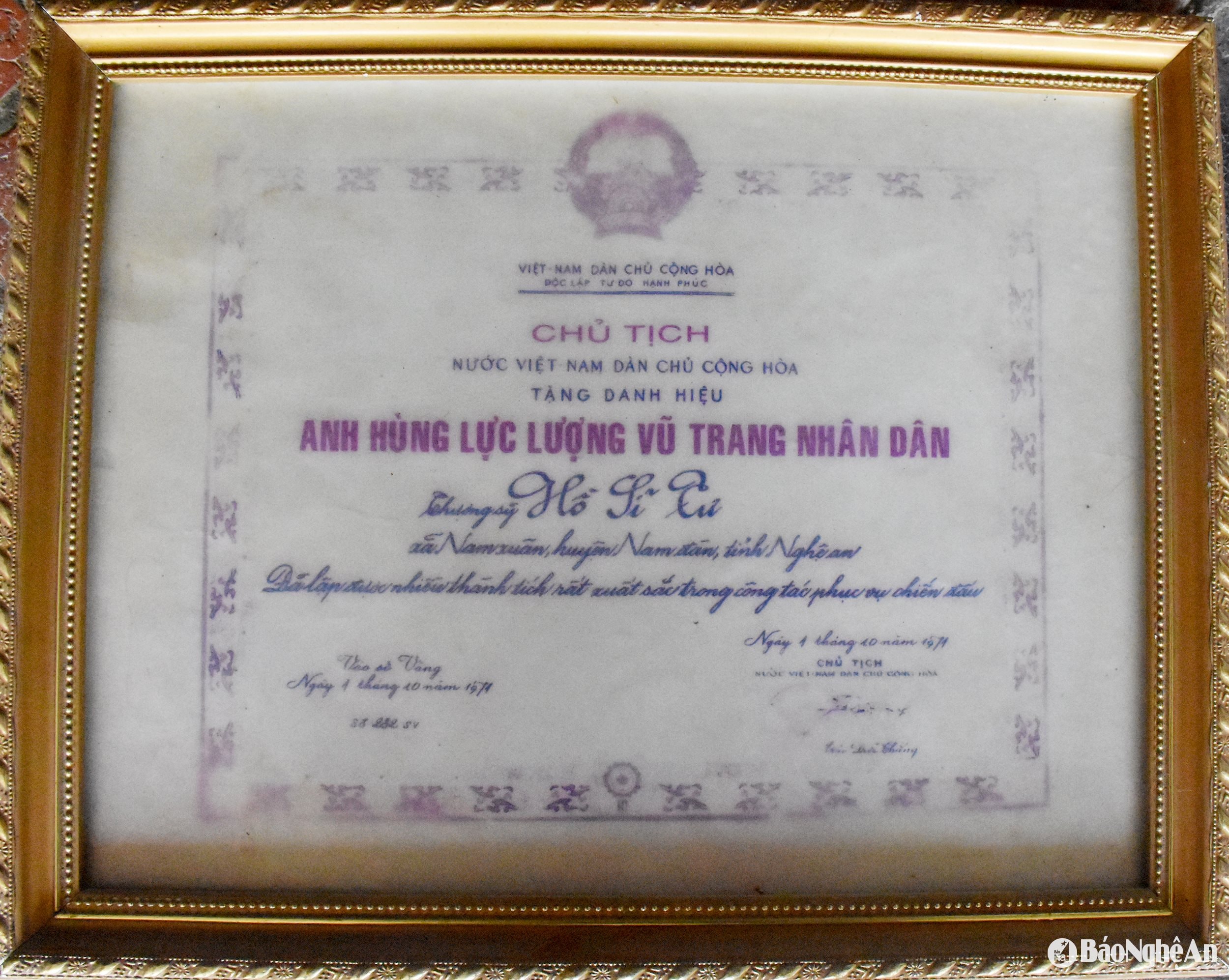
Mr. Tu shared: “Although I was short, at that time I was very strong and resilient, carrying wounded soldiers dozens of kilometers was a normal thing. When there were many wounded soldiers, I took on the task of carrying one end of the hammock alone, because I loved my brothers so much, I didn’t want them to suffer any more pain. Especially with those who were seriously injured, with infected wounds, hearing their groans, our hearts felt like they were being torn apart.”
The hardest part was the rainy season, the roads were slippery and muddy, the most difficult part was transporting wounded soldiers across rivers and streams when the water was high and flowing. Once, Mr. Tu and his teammates used a boat to transport wounded soldiers across the river during a rainy and flood day. When they got to the middle of the river, the water was swirling, the boat was swaying and in danger of capsizing, everyone was worried.
Having a lot of experience on the river, Mr. Tu told everyone to work together to row quickly through the rapids and then go downstream to the other side. When they got to the shore, everyone could not believe that they had crossed the river safely.
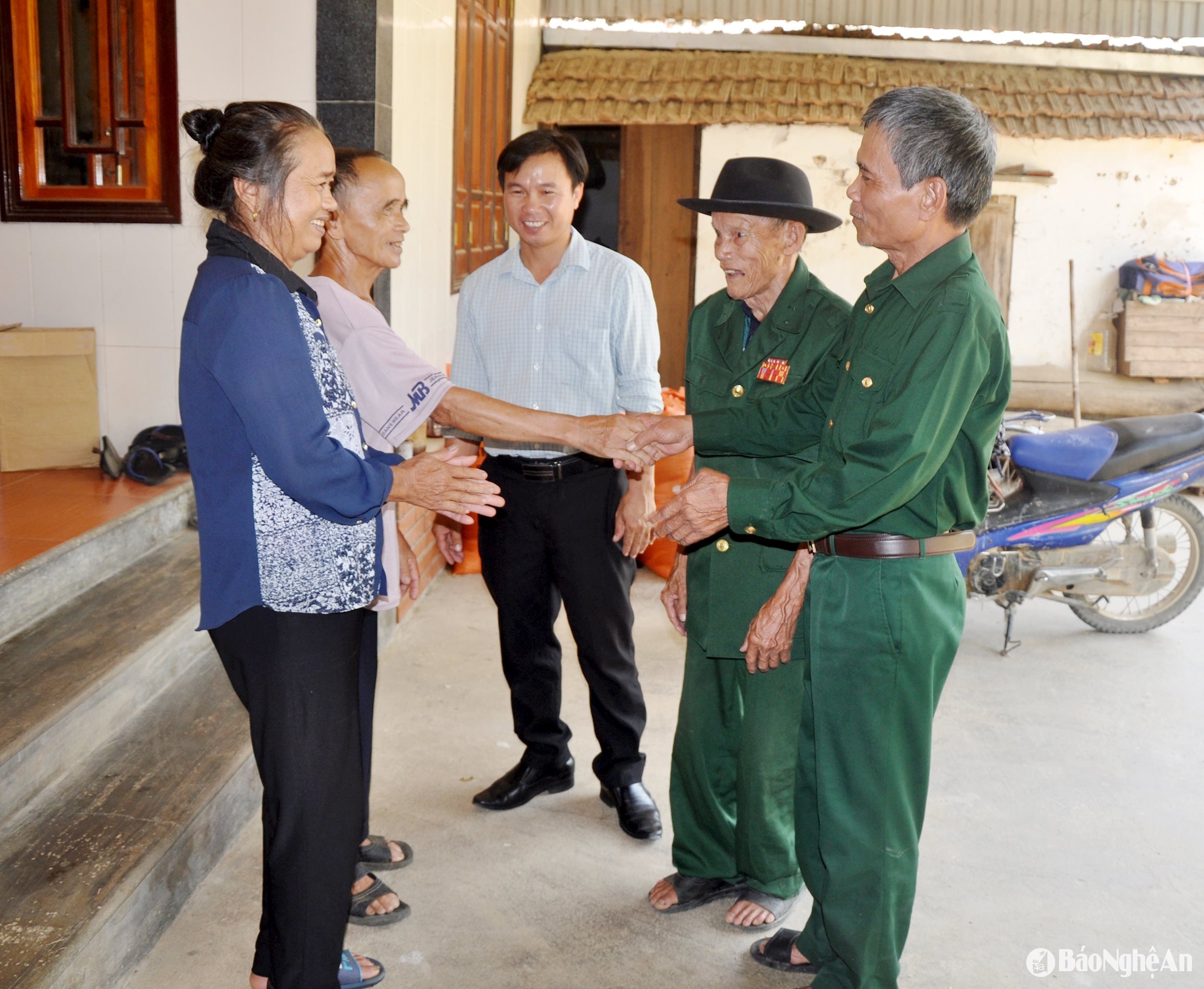
Thanks to his many outstanding achievements in combat service, in 1971, at the age of 26, Mr. Ho Si Tu was awarded the title of Hero of the People's Armed Forcesby President of the Democratic Republic of Vietnam Ton Duc Thang.
After peace was restored and he returned to normal life, Hero Ho Si Tu was once again attached to his homeland's fields, living simply and in harmony with his neighbors. In particular, he often cared for, visited and helped the wounded soldiers in the village, willing to give up some of his salary to support those who were sick or in difficult conditions. Therefore, he was always loved and respected by everyone.
Mr. Ho Si Tu was awarded the title of Hero of the People's Armed Forces by the State for his outstanding fighting and achievements and his contribution to the brilliant achievements of Group 559 - Truong Son Army in the resistance war against the US, saving the country. Returning to his hometown to retire, he always actively worked in production, cared about the work of the Veterans Association and worked for many years as the Secretary of the hamlet Party cell.
Mr. Tran Van Que - Vice Chairman of Nam Xuan Commune Veterans Association
Source: https://baonghean.vn/mot-minh-ganh-mot-dau-vong-chuyen-chua-ke-ve-anh-hung-truong-son-ho-si-tu-10294885.html



![[Photo] Readers line up to visit the photo exhibition and receive a special publication commemorating the 135th birthday of President Ho Chi Minh at Nhan Dan Newspaper](https://vphoto.vietnam.vn/thumb/1200x675/vietnam/resource/IMAGE/2025/5/17/85b3197fc6bd43e6a9ee4db15101005b)
![[Photo] Prime Minister Pham Minh Chinh chairs meeting on science and technology development](https://vphoto.vietnam.vn/thumb/1200x675/vietnam/resource/IMAGE/2025/5/17/ae80dd74c384439789b12013c738a045)
![[Photo] More than 17,000 candidates participate in the 2025 SPT Competency Assessment Test of Hanoi National University of Education](https://vphoto.vietnam.vn/thumb/1200x675/vietnam/resource/IMAGE/2025/5/17/e538d9a1636c407cbb211b314e6303fd)


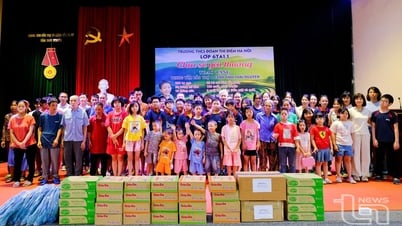

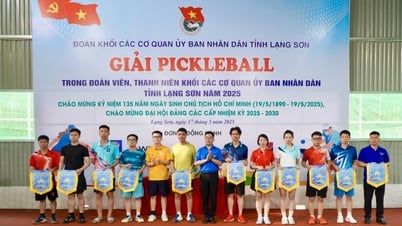

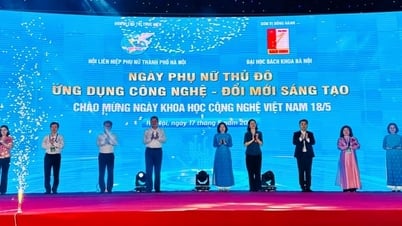

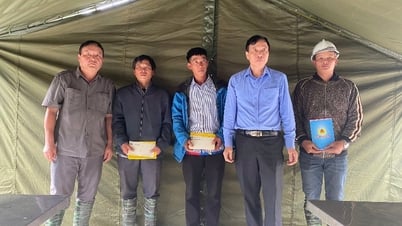



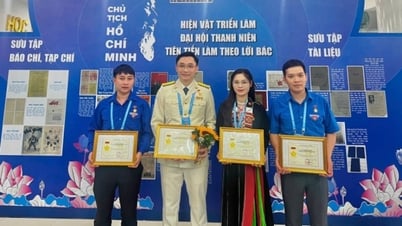





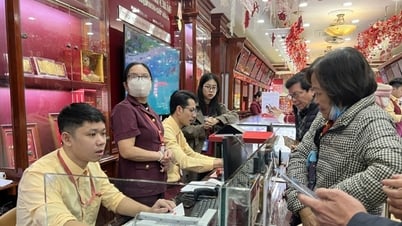
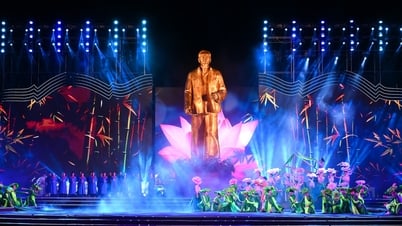
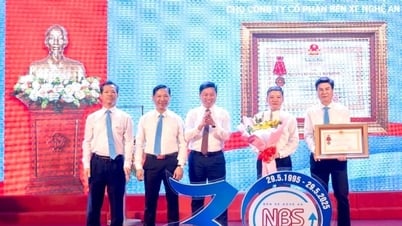

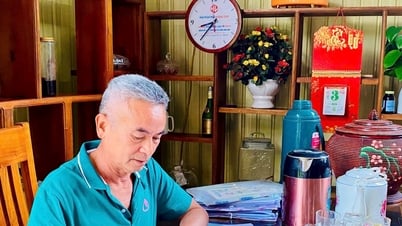

![[Photo] Nearly 3,000 students moved by stories about soldiers](https://vphoto.vietnam.vn/thumb/1200x675/vietnam/resource/IMAGE/2025/5/17/21da57c8241e42438b423eaa37215e0e)





















































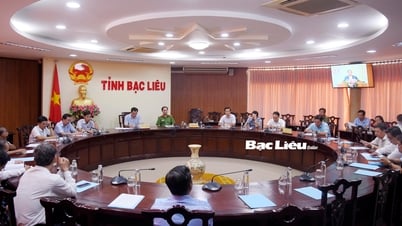
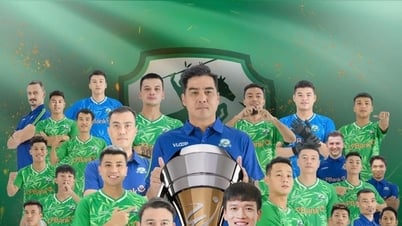
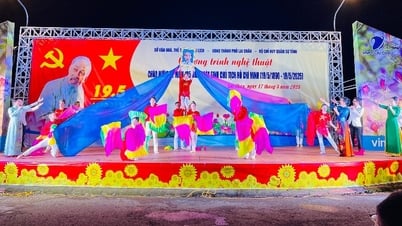










Comment (0)